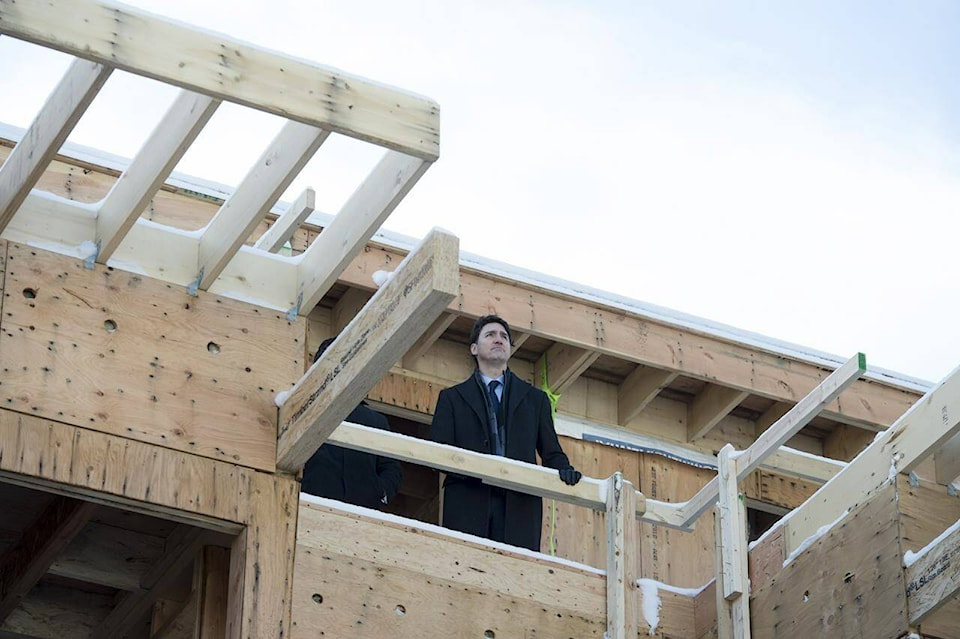Rent-to-own initiatives can offer a pathway to home ownership for some Canadians, but experts warn it may not be for everyone.
Rent-to-own programs differ from your average rental situation by enabling tenants to build an equity stake in a property with an understanding that the tenant will buy the property when an established set term ends, said Jordann Kaye, spokesperson for Zolo.ca. This set time can last between one and five years.
Prime Minister Justin Trudeau announced a $200-million investment in a five-year rent-to-own program under the Affordable Housing Innovation Fund, administered by the Canada Mortgage and Housing Corp., on Aug. 30.
The money, which will be used to help housing providers create rent-to-own models, is part of a larger $2-billion investment to create up to 17,000 homes in Canada.
Some companies, including Requity Homes, Clover Properties and Home Visions Canada already offer their own version of rent-to-own programs across Canada.
Rent-to-own programs may also require a down payment, not unlike the normal purchase of a home. Requity Homes, for example, requires two per cent to 10 per cent of the initial home price to start the program, the company’s founder and CEO, Amy Ding, said.
“Generally, our goal is for clients to save a minimum of five per cent to 10 per cent down over the course of three years — our typical rent-to-own term length,” she said.
For riskier clients who may have foreclosed on a home or have just come out bankruptcy, Requity Homes requires a larger deposit to ensure they can reach 20 per cent by the end of the third year and maximize their chances to qualify for a mortgage.
Since the federal government’s program focuses on new developments, Kaye said renters can expect a lengthier timeline to account for construction and may have to commit before the building even exists.
Participants may also be required to handle the property’s upkeep and maintenance, she added, which can cost money, while still in the rental stage, so they need to make sure they’re prepared for that responsibility.
Jason Pereira, partner at Woodgate Financial, likens the federal government’s new rent-to-own initiative to throwing spaghetti against the wall. The government is trying any solution they can think of to move people into the housing market faster, he said.
Pereira said the new initiative will make housing more accessible, but likely won’t make it more affordable when considering the cost of home ownership, including mortgage, taxes and maintenance, relative to income levels.
If someone is interested in a rent-to-own program because they’ll need a bit more time to come up with a down payment but want to move into a home sooner rather than later, a program like this could be useful, but it will depend on the individual, Pereira said.
For those looking into it because a bad credit rating is affecting their ability to get a mortgage, getting a home is unlikely to help with their ability to meet their credit worthiness, Pereira said.
“The reality is everybody is making themselves house poor in the hope that the house is going to make them rich,” Pereira said.
“Is (rent-to-own) a universal panacea to what’s ailing us? Absolutely not.”
—Leah Golob, The Canadian Press


